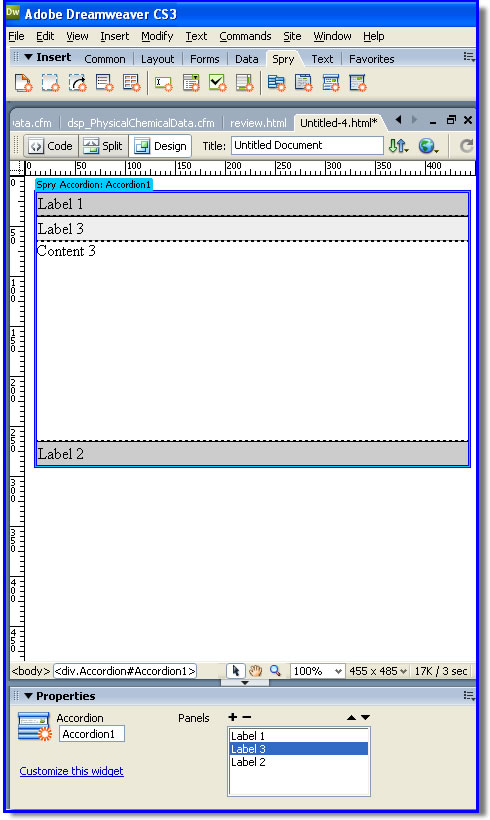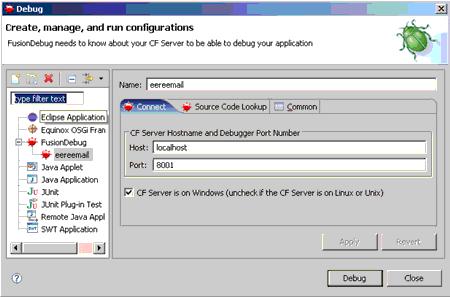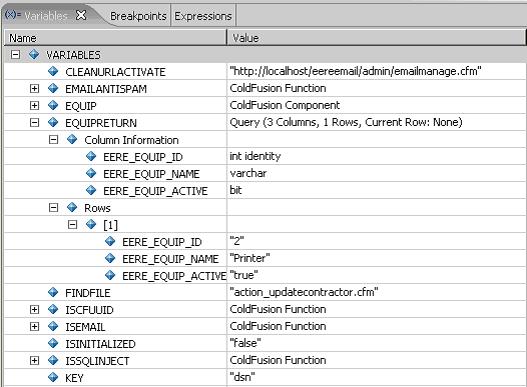The evolution of Premiere
Adobe has done it again! This time, they're taking professional digital video editing to a whole new level. With a bunch of new and improved features Adobe Premiere Pro 2.0 is probably one of the best editing tools out there for the professional editor. It includes a whole new look and steps further into usability. Being the designer that I am, the first thing I noticed when I received my Premiere software was the new package and design. The horse, which has been associated with Premiere in the past versions has disappeared and now is replaced with a clean glassy video reel. This new image of premiere fits in with the look and feel of the rest of the Adobe products. The box itself totally gets me thinking that what's displayed outside, will reflect the inside; clean, new, improved, and up to date with what everyone is working with today. And boy was I right.
First impressions
When you first open up Premiere Pro it's easy to see that it is not the ideal application for users who are new to video editing. If you are, it may be a little intimidating. Premiere is geared towards the advanced users, all types of professional editors and filmmakers. At the same time Premiere Pro can be a great application for the user who has had a bit of experience in editing and wants to take their skills further. 2.0 comes with a User Guide, which includes almost anything you probably want to know when starting off.
I have used Premiere in the past so I was happy to see all the new and exciting improvements on 2.0. Here are a few that really stood out for me personally:
· Interface: The interface is much more flexible and organized, and has been designed to be easier on the eyes.
· Lots more color correction tools: I'm a big color person, so I really like having a bunch of options on how to play with color.
· HDV functionality: this is a great feature, especially with the new advances in HD media. Users will be able to create superior quality videos and audio.
· Integration: Premiere now is integrated with After Effects and Adobe Bridge ( a new key element of adobe which lets the user better organize their media). It's always great when multiple applications of the same family can work together.
· DVD menus: "Exporting to DVD" feature allows the user to create menus within the DVD.
As much as I loved all the cool new features, there is always room for improvement. Here are a few things I noticed where Premiere 2.0 lacked:
· Importing swf files: I love Flash and as I learned about Premiere's product integration I was disappointed to find that Flash wasn't really included, I cannot import swf files to 2.0.
· Exporting files: It just takes a really long time. Too long in my opinion.
· Previewing: With all the new options and corrections and transitions I wish there were a way to preview something before you actually apply it to your footage. Something similar to what Photoshop has when you are adding a filter. It would just save a bit of time.
· The workspace: I know previously I mentioned that the interface was great, but it still could use some improvements. If the workspace was opened up it might be a little easier to work with. The amount of buttons and options can become hectic.
On that note...
Overall I am very excited about all the improvements that 2.0 has made. Premiere is certainly moving in the right direction. It is the premiere application for any professional editor. I can't wait to see what we have to look forward to with Premiere in the future.
This entry was posted on December 22, 2006 at 3:07 PM and has received 3071 views. There are currently 0 comments.
Print this entry.




.JPG)




